Tennessee is a hiker’s paradise, boasting picturesque trails that meander through lush forests and alongside cascading waterfalls. However, the state’s rich biodiversity includes not only benign wildlife but also a variety of snakes. While encountering these reptiles is part of the natural experience, it is essential for hikers to be aware of areas where snake activity is higher. This article explores some of the most snake-infested hiking trails in Tennessee, equipping adventurers with the knowledge to have safe and enjoyable hikes.
Understanding Tennessee’s Snake Biodiversity
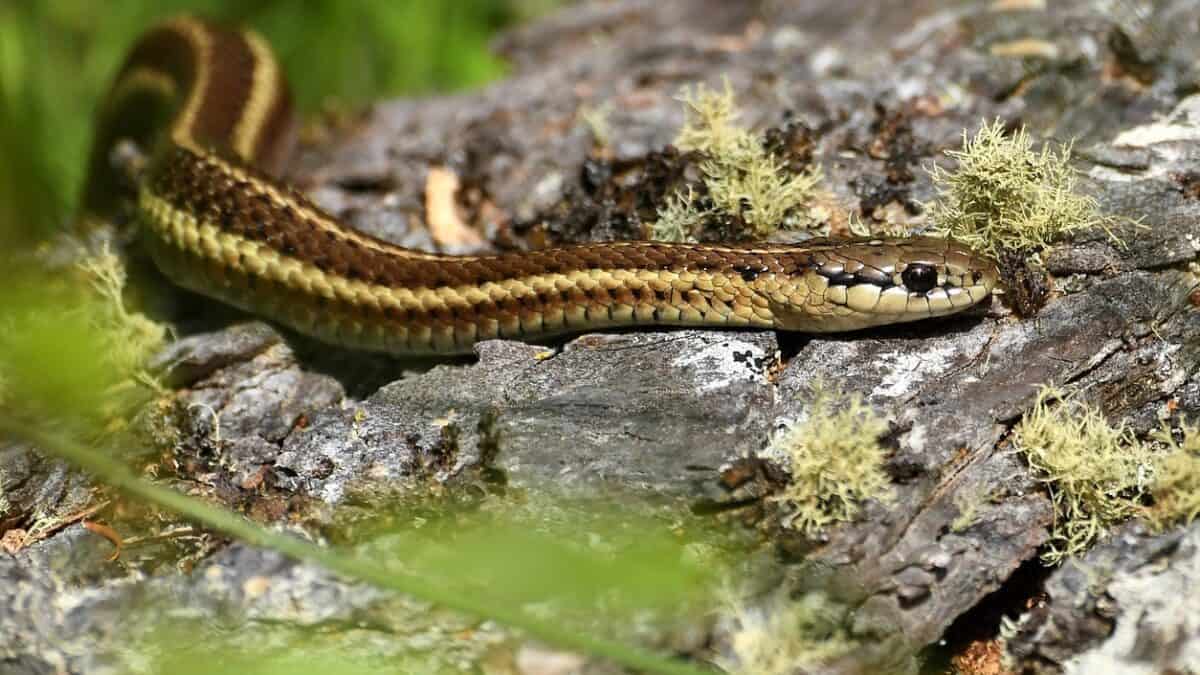
Tennessee is home to approximately 32 different snake species, ranging from harmless non-venomous types to a few that are venomous. The state’s varied geography and temperate climate create ideal habitats for these cold-blooded creatures. The most commonly seen snakes in the state include garter snakes, rat snakes, and water snakes. However, hikers should also be aware of the more dangerous pit vipers: rattlesnakes, copperheads, and cottonmouths.
Why Snakes Are Present in Certain Trails

Snakes are often found in areas that offer abundant food sources and shelter. They are particularly drawn to environments with ample prey, like rodents and birds, and plenty of hiding spots, such as rocks, logs, and dense foliage. Trails that cut through or near water bodies are particularly attractive to snakes, given the additional opportunities for food and habitat.
The Appalachian Trail: A Snake Haven

Stretching over 71 miles through Tennessee, the Appalachian Trail is renowned for its natural beauty and diverse wildlife, including many snake species. The vast, undisturbed wilderness offers prime habitats for snakes. Hikers commonly report sightings of both non-venomous and venomous varieties here, particularly in warmer months when snakes are more active.
Great Smoky Mountains National Park

This famed national park is home to an impressive range of biodiversity, including several snake species. Hikers exploring trails like Alum Cave Trail and the area around Cades Cove should remain vigilant, as both timber rattlesnakes and copperheads are known to reside in these regions. The park’s lush environment provides rich cover and numerous basking sites for these reptiles.
Cherokee National Forest’s Snake Population
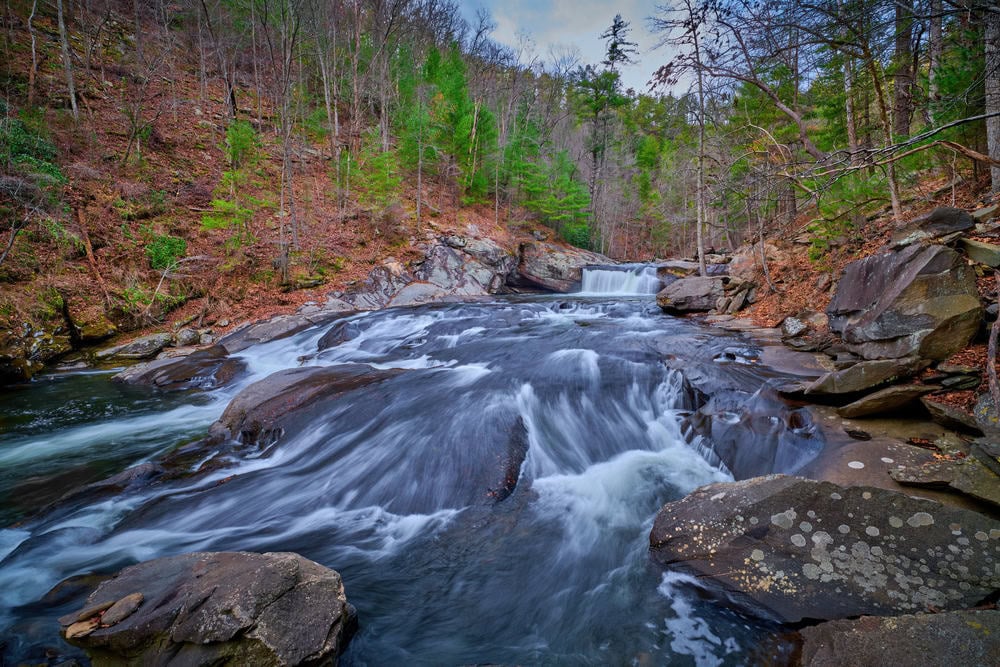
Encompassing over 600,000 acres, the Cherokee National Forest offers a wide array of hiking trails, with notable snake populations. The forest provides an ideal environment for these reptiles, with its abundant water sources and diverse terrain. Trails near lakes and streams often report higher snake activity.
Big South Fork National River and Recreation Area

The rugged terrain and dense woods of the Big South Fork region create a haven for snakes. With miles of trails cutting through its protected landscape, this area is home to both common and more elusive snake species. Hikers should be cautious, especially when approaching rocky outcrops and thick brush.
Percy Warner Park Trails

Located near Nashville, Percy Warner Park is a beloved destination for city dwellers seeking an escape into the wild. The park’s varied topography includes wooded hills and open fields, habitats favored by both garter snakes and copperheads. Hikers are advised to stay on designated paths to minimize encounters.
Meriwether Lewis Park: Historical and Natural Richness
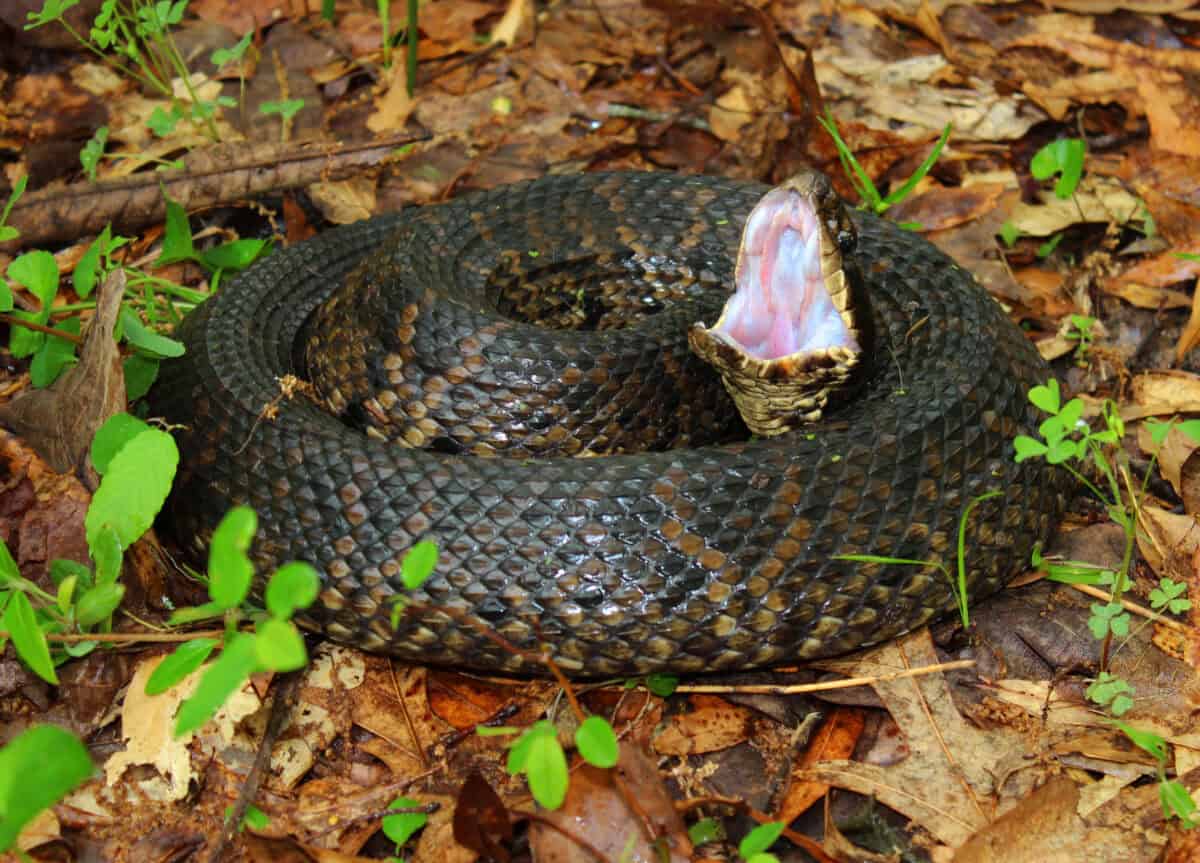
Besides its historical significance, Meriwether Lewis Park draws visitors with its accessible network of trails. The park’s wooded areas and proximity to streams make it a suitable habitat for a range of snake species, including some venomous ones. Caution is recommended when stepping over logs or near overhangs.
Radnor Lake State Park
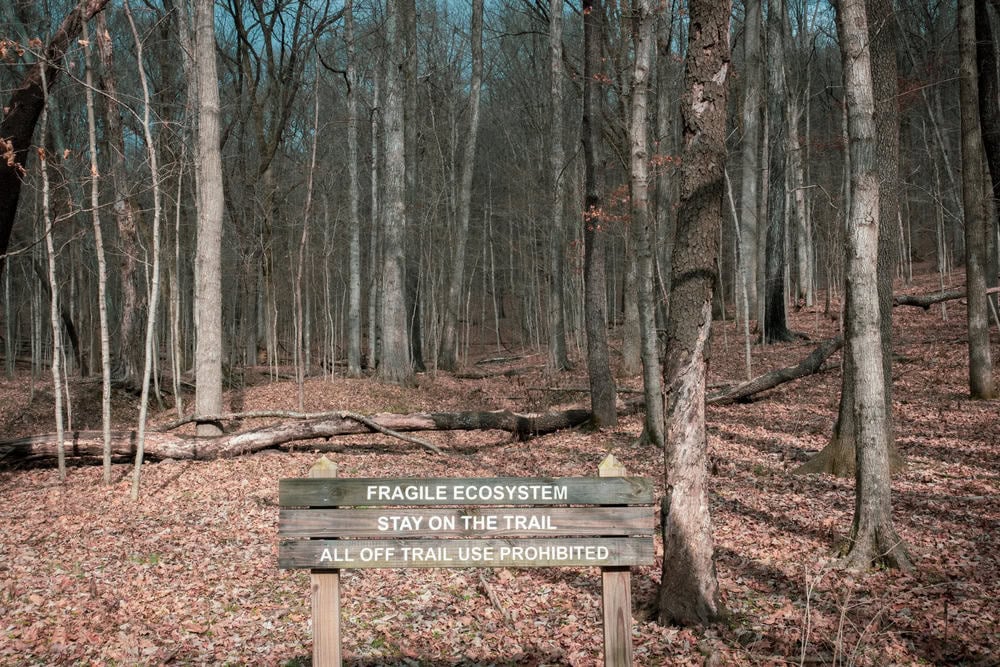
This tranquil park is a favorite among Nashville locals for its serene setting and diverse wildlife. However, the park’s aquatic habitats and woodlands are also home to several snake species. Hikers should keep an eye out along the lake’s edges and shaded trails where snakes often sunbathe.
Balsam Mountain Area: A Lesser-Known Spot

For those seeking less-traveled paths, the Balsam Mountain area within the Great Smoky Mountains offers solitude and a higher chance of encountering snakes. The secluded nature of the trails here provides ideal conditions for these reptiles, making it a spot to tread carefully.
Ensuring Safety on Snake-Infested Trails

While snakes generally avoid humans, hikers should take precautions to avoid surprises. Wearing long pants and boots, staying on marked trails, and being alert to surroundings can help reduce the risk of encounters. In the event of a snake bite, it’s crucial to seek emergency medical assistance immediately.
Conclusion: Conquering the Trails Safely
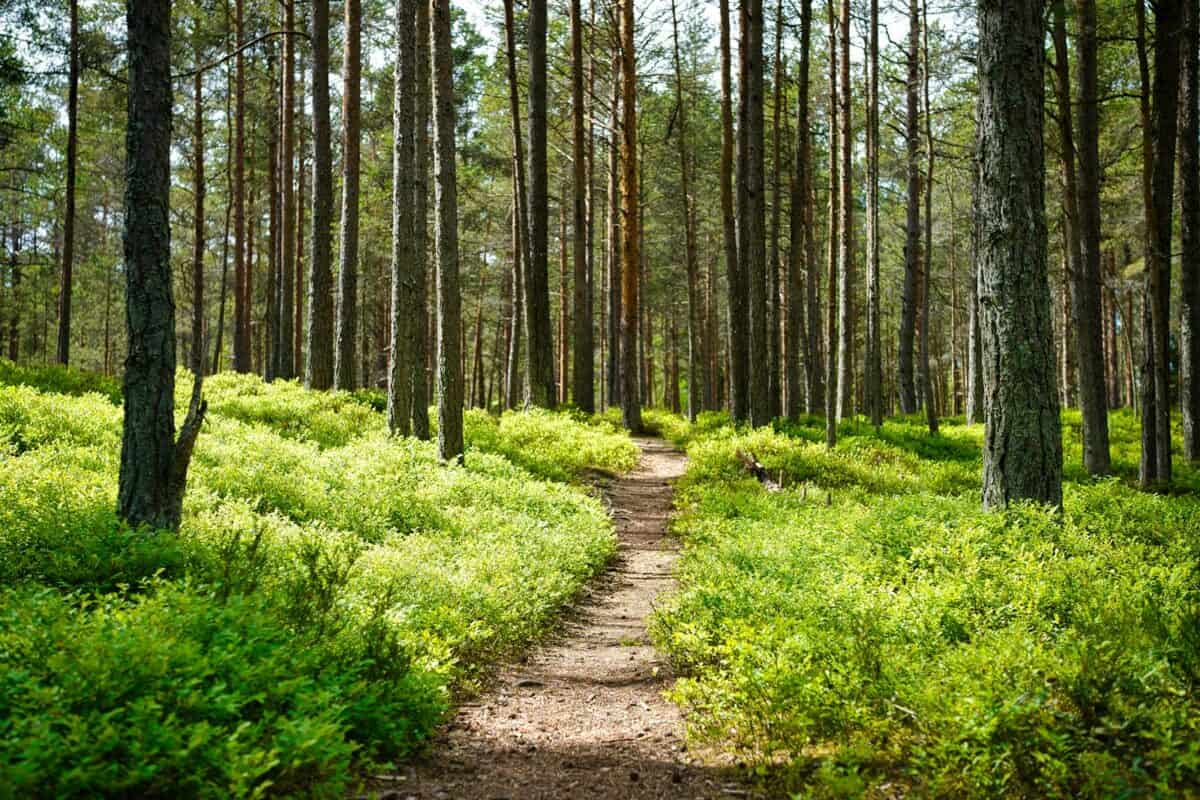
Hiking in Tennessee offers breathtaking views and a chance to more fully engage with nature’s wonders, snakes included. By understanding the types of environments snakes prefer and taking necessary precautions, hikers can safely enjoy these magnificent trails. Remember, respecting wildlife and maintaining vigilance ensures not just your safety but also a harmonious experience with nature.
- This Fish Has the Most Teeth in the Ocean—And Uses Them Well - August 9, 2025
- How Wolves Use Group Howls to Reunite With Pups - August 9, 2025
- 12 Dog Breeds That Form the Deepest Emotional Bonds with Their Owners - August 9, 2025

